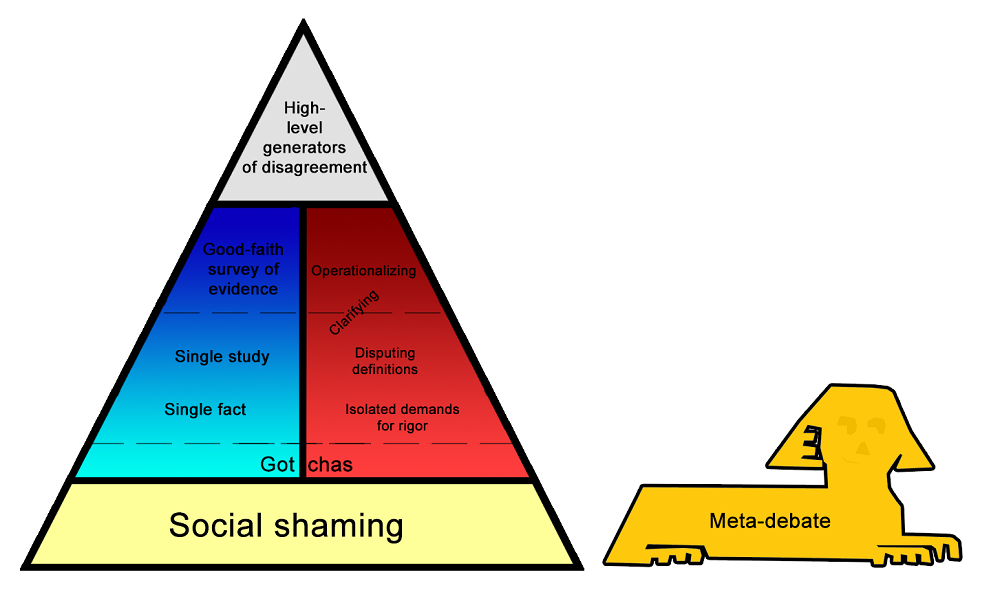Reason‘s Scott Shackford reports,
A small St. Louis suburb has agreed to stop trying bankroll its government with a vicious regime of petty fines so excessive that the town has cited more than a third of its population.
The town is Pagedale. When I look at it on the map, I see it is where I lived from about age 3 to about age 10. I had remembered my home town as Olivette, but now I see that Olivette is a nearby community, sort of in between Pagedale and Clayton. A few random memories:
1. St. Louis County has many tiny jurisdictions, and they have always had to rely on fines for revenue. My first and only speeding ticket came from one of those places, where the speed trap was the main money-maker.
2. When I lived there, Pagedale was not racially integrated. But its social class range was wide, mostly lower middle class but including some professionals and even a few wealthy businessmen. One of the businessmen owned a small electronics factory where I worked a couple of summers in college. Another owned a drive-in movie theater that showed porn, which got him arrested more than once. He and his wife also had a vacation home and a boat on the Lake of the Ozarks, and I got to go water skiing with them once. I guarantee you that today no one living in Pagedale has a vacation home and boat. A couple of years ago I saw house advertised for well under $50K. It was on the same street where the theater owners used to live, and it was the same type of house as theirs.
3. When the Fair Housing Law was passed, real estate agents told residents to sell ASAP, before the Negroes (the 1960s term) started to move in and property values went down. This prophecy (aka “blockbusting”) became self-fulfilling. Probably at least 80 percent of homeowners did sell, and Pagedale quickly became a black neighborhood. We had been renters, not homeowners, and we happened to be away on my father’s sabbatical while the blockbusting took place. When we returned, my mom’s best friend insisted that we move to the jurisdiction with the best reputation for schools, which was the suburb of Clayton. So Pagedale faded out of my life, although I still go back there every time I visit St. Louis.
